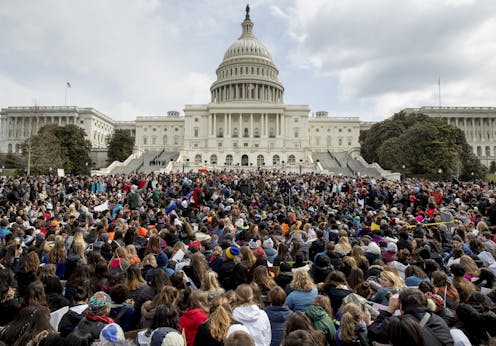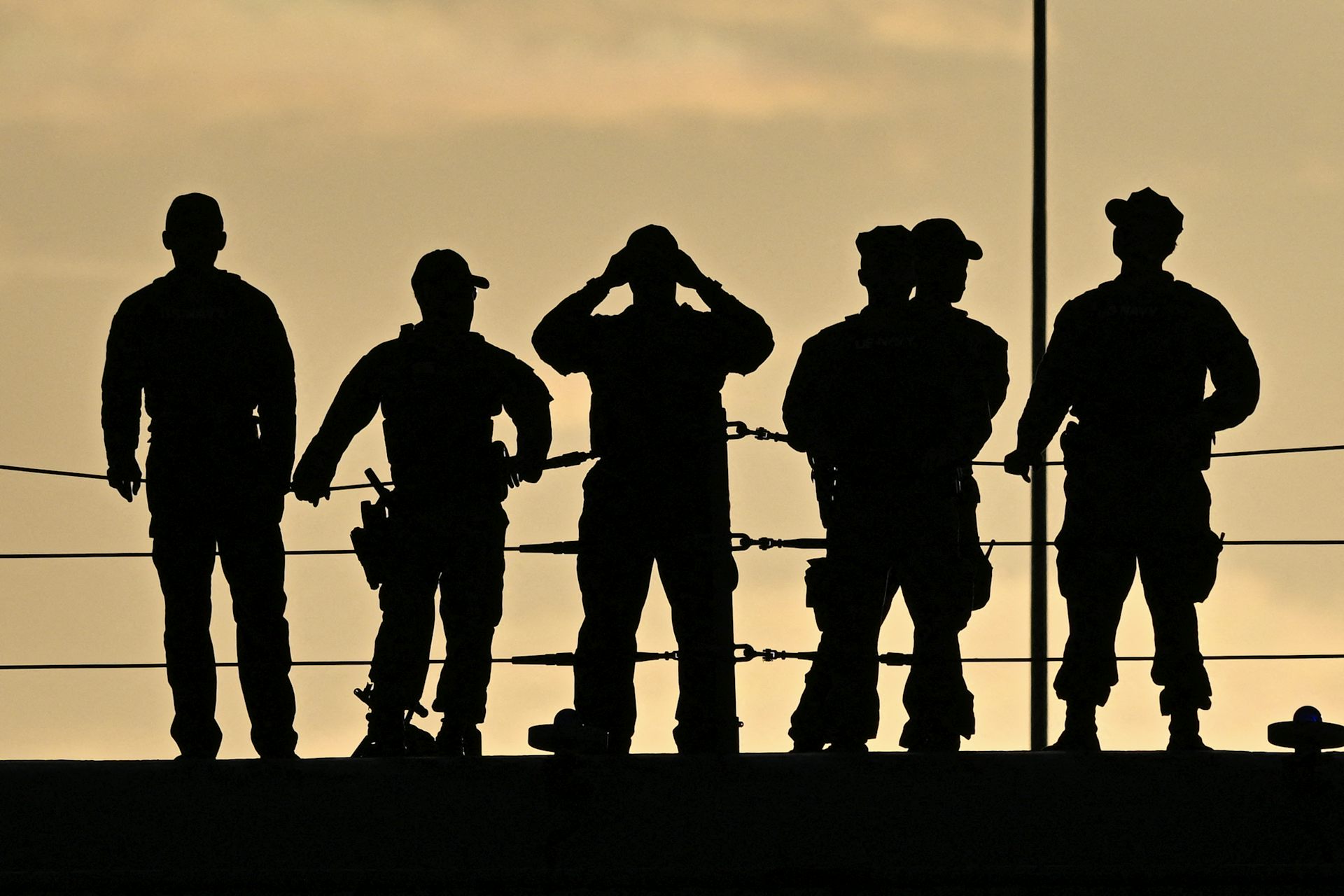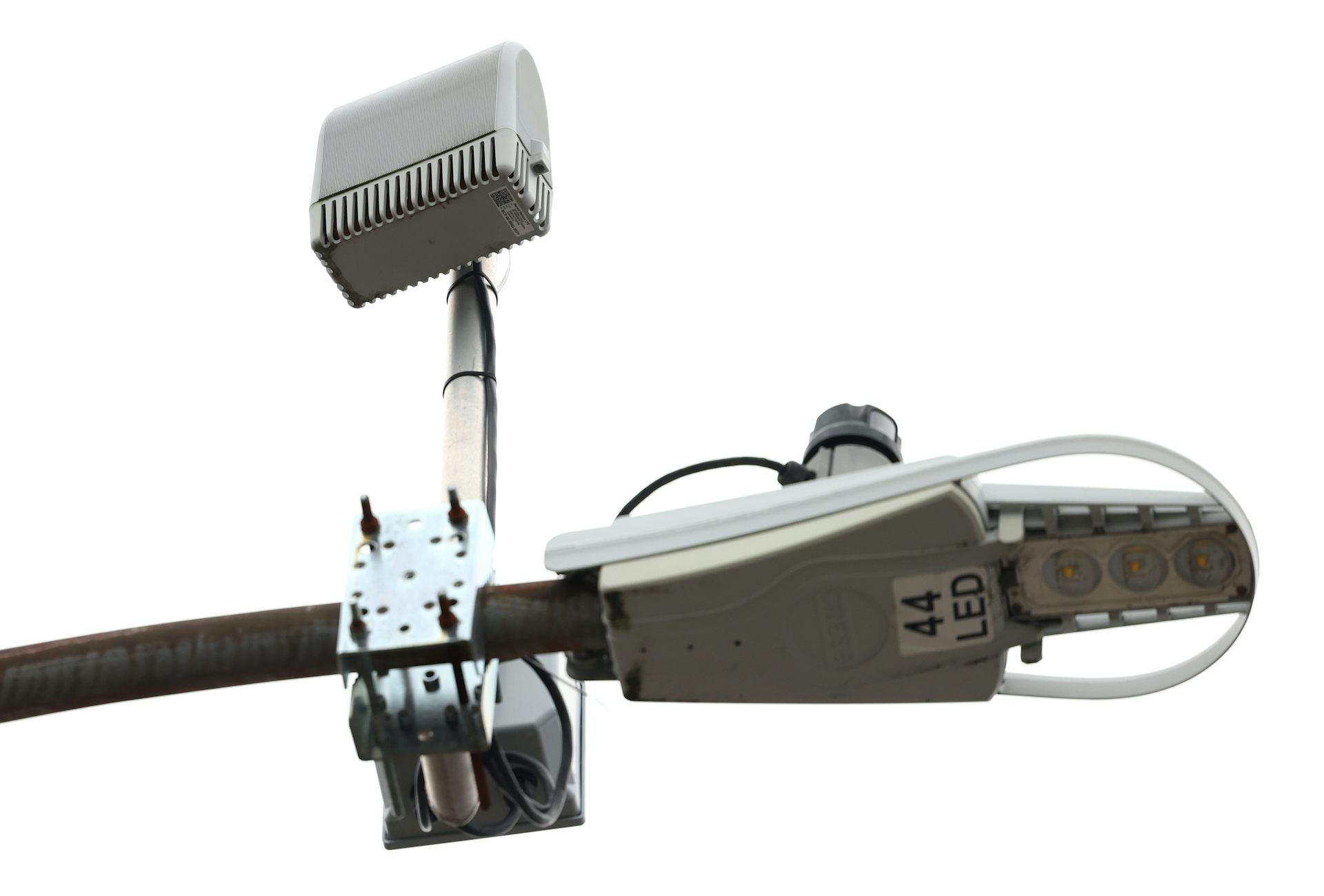Threat assessments crucial to prevent school shootings
In order to prevent school shootings, schools must use threat assessments like the ones that law enforcement uses to protect public figures, a leading expert on school safety argues on Capitol Hill.

Editor’s note: This article was adapted from testimony the author gave on March 20, 2018 at a school safety forum convened on Capitol Hill by U.S. Rep. Bobby Scott (D-Va.) and House Democrats. The forum took place just hours after a student gunman was killed at Great Mills High School in Maryland after shooting and wounding two students there.
In the wake of the school shooting in Parkland, Florida, a wide variety of groups – from students to lawmakers – have been searching for ways to make U.S. schools and communities safer and prevent further shootings.
One of the best ways to make schools safer is to use threat assessments – a tool developed by law enforcement to protect public figures. In my opinion as one who has studied youth violence for 34 years – and as a forensic psychologist who has worked with many violent youth, including several who have committed shootings at school – I believe the time has come to use threat assessments to protect the nation’s schools.
Schools still relatively safe
The first thing to recognize is that violence in schools is just a small part of the larger problem of gun violence in American society. It would be a mistake, in my view, to focus only on schools and miss the bigger picture.
Children are exposed to violence in many other settings in their communities. Over the past 20 years, the United States has experienced an average of 22 students murdered at school each year. However, outside of schools, an average of 1,480 students are murdered annually. In other words, students are 67 times more likely to be murdered outside of school than at school.
There is understandable public alarm that there have been approximately 300 school shootings since the Sandy Hook shooting in 2012. However, according to CDC reports, there have been over 500,000 shootings outside of schools in those five years, or about 275 shootings every day, resulting in approximately 92 deaths and 183 injuries.
From this perspective, U.S. schools are much safer than the surrounding community. The nation does not have a school violence problem but a gun violence problem. What I would point out here is that there is a credible body of scientific research that we can reduce gun violence with reasonable gun laws.
Security expensive, ineffective
The nation’s response to gun violence is often an emotional reaction of increasing security and preparing for the next shooting, rather than supporting efforts to prevent gun violence. It has been reported that schools spent US$5 billion in security measures after the Sandy Hook shooting. Even if schools spend $5 billion more and could somehow make every school impregnable, that would stop only a small fraction of the shootings. For every shooting in a school, there are more than 1,600 shootings outside of school. Why would it make sense to spend billions to stop one-tenth of 1 percent and ignore the 99.9 percent of gun violence?

Prevention must start long before there is a gunman in the parking lot, and it requires, in my view, a three-tiered public health approach. The first tier is universal programs for everyone, such as improving school climate so that all children can succeed in school. Many of the mass shootings in schools and communities are committed by individuals who developed anger and resentment because of the bullying, harassment and discrimination they experienced at school. Schools should routinely measure and improve their school climate.
On the second tier, prevention means helping troubled young people who are at risk before they start down the pathway toward violence. Put an armed guard in a school and you might prevent one shooting in one building. Put a counselor or psychologist in a school and you have the potential to prevent shootings in any building anywhere in your community.
The third tier is to identify and intervene with students who are moving down a pathway toward violence, which brings me to threat assessment and how it works.
What makes threat assessment work
Threat assessment is a safe and effective way to help students who have themselves threatened violence. It is a systematic process of evaluation and intervention for persons who have made verbal or behavioral threats of violence against others.
Threat assessment was originally developed by law enforcement to protect public figures, such as the president of the United States and foreign leaders. It then expanded to business and is widely used by corporations to prevent workplace violence.
Twenty years ago, the FBI and Secret Service recommended that threat assessment be used in schools. After participating in the FBI study of school shootings in 1999, I became intrigued by this idea. My colleagues and I worked with a group of educators to develop a threat assessment model for schools.
Not assassins and terrorists
Over the past 17 years we have refined our model, published a detailed manual, disseminated it to thousands of schools and conducted 11 studies of its effects. One of our key lessons learned is that threat assessment is a good prevention strategy, but that the particular situation of each school needs to be taken into account.
The traditional law enforcement approach to threat assessment is focused on assassins and terrorists, but when it comes to schools, the focus is primarily on kids, who make threats frequently when they are angry, upset or just trying to gain some attention. In our first study, for example, we found that the age group that makes the most threats to kill are elementary school students.
In almost all cases, students need counseling and discipline, not criminal charges. In school threat assessment, you must be careful not to overreact to student threats. The process must be calibrated to deal with kids, not adults.
Evaluating the evidence
In four studies, we have found that fewer than 1 percent of students seen for a threat assessment carry out their threats. There have been fights, but none of the hundreds of threats to kill, shoot or seriously injure someone was carried out. Furthermore, three controlled studies found that schools using threat assessment had less student aggression, such as bullying and fighting, than schools that did not use threat assessment.
My conclusion is that the rush to increase security measures should not overshadow measures that have been proven to prevent violence.
In order to reduce gun violence in American communities and schools, policymakers and school leaders should adopt a threat assessment approach. This is a tool that, if properly adapted to the school setting, will not stigmatize or punish minor misbehavior but will allow schools to identify those students who are in need of mental health services and other support. And critically, in the small number of very serious threats, schools can recognize the danger, collaborate with law enforcement and keep schools safe.
Dewey Cornell receives funding from the National Institute of Justice for a project to study the statewide implementation of threat assessment in nearly 2,000 Virginia public schools.
Read These Next
RFK Jr. wants to scrutinize the vaccine schedule – but its safety record is already decades long
Federal officials are questioning the safety of the vaccine series children receive. Here’s the story…
Deception and lies from the White House to justify a war in Venezuela? We’ve seen this movie before
Two US wars based on lies, in which tens of thousands of American troops and millions of civilians died,…
Understanding climate change in America: Skepticism, dogmatism and personal experience
Real skeptics study the evidence and ask questions, rather than taking political dogma on faith. Experiencing…






